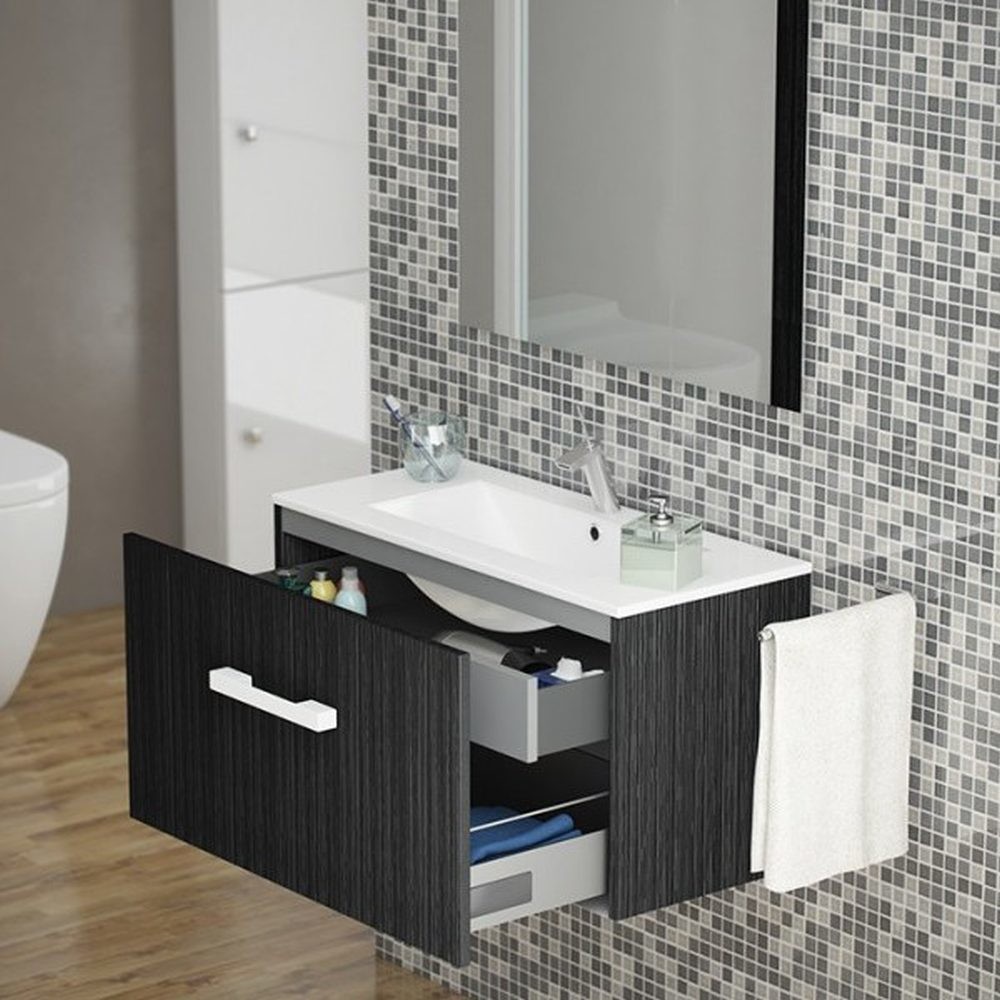Selecting the appropriate material for your pipe fitting project is crucial for ensuring the durability, functionality and longevity of your plumbing system. With a wide range of materials available, each offering unique properties and advantages, it’s essential to understand your project requirements and what factors to consider when making your decision.

Common Materials for Pipe Fittings
According to The Spruce, there are several materials which are commonly used for pipe fitting, each with its own set of characteristics and applications. Some of the most popular materials include:
PVC (Polyvinyl Chloride): PVC is a versatile and cost-effective material commonly used for plumbing applications. Corrosion-resistant, lightweight and easy to install, it is ideal for a wide range of residential and commercial projects.
Stainless Steel: Stainless steel offers superior strength, durability and resistance to corrosion, making it ideal for harsh environments and industrial applications. It is commonly used in chemical processing plants, food processing facilities and marine applications.
Brass: Brass is a copper and zinc alloy that is corrosion-resistant and durable. It offers good conductivity and is commonly used for fittings in plumbing and heating systems.
Copper: Copper pipe, renowned for its exceptional thermal conductivity and corrosion resistance, is an ideal choice for both hot and cold water supply systems. It boasts durability, longevity and aesthetic appeal, rendering it a sought-after option for high-end projects. For those who are interested in learning more about the advantages of copper pipe fittings and their applications, contact a specialist such as watkinspowis.co.uk/products/copper-pipe-fittings-and-press-systems.

Considerations When Choosing a Material
When selecting a material for your pipe fitting project, consider factors such as cost, compatibility with other materials, ease of installation, maintenance requirements and environmental impact. Additionally, consult with industry experts or suppliers to ensure you choose a material that meets industry standards and regulations.



